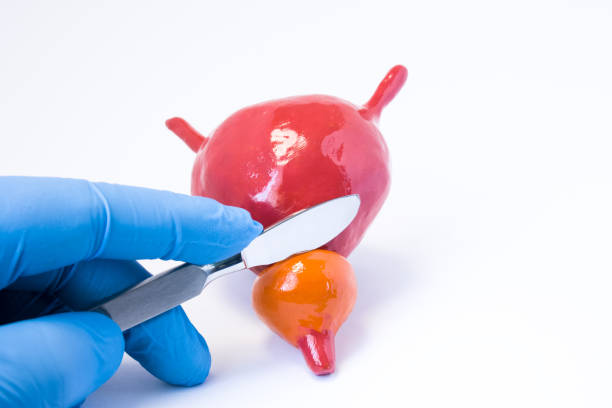Prostatectomy in India starts from $5000. The total cost of the treatment depends on the diagnosis and facilities opted by the patient.
The prostate gland is present below the urinary bladder in men. It surrounds the urethra and produces fluid that helps in the movement of the semen. Prostatectomy is a surgery that involves total or partial removal of the prostate gland. It is commonly performed as a part of treatment for prostate cancer.
Types of Prostatectomy
Radical prostatectomy: This surgery involves the removal of the entire prostate gland along with the surrounding lymph nodes. The surgical techniques used to conduct radical prostatectomy include the following:
- Robot-assisted surgery: In this technique, several small incisions are made in the lower abdomen to remove the prostate gland.
- Open surgery: In this technique, an incision is made in the lower abdomen between the anus and scrotum to remove the prostate gland.
- Laparoscopic: In this technique, special surgical tools are inserted in the lower abdomen to remove the prostate gland.
Open simple prostatectomy: This surgical procedure involves removal of just the affected part of the prostate gland and is recommended for men with the cancerous prostate gland or benign prostatic hyperplasia (BPH).
Indications
- Prostate cancer
- Urinary tract infection
- Bladder stones
- Hematuria






